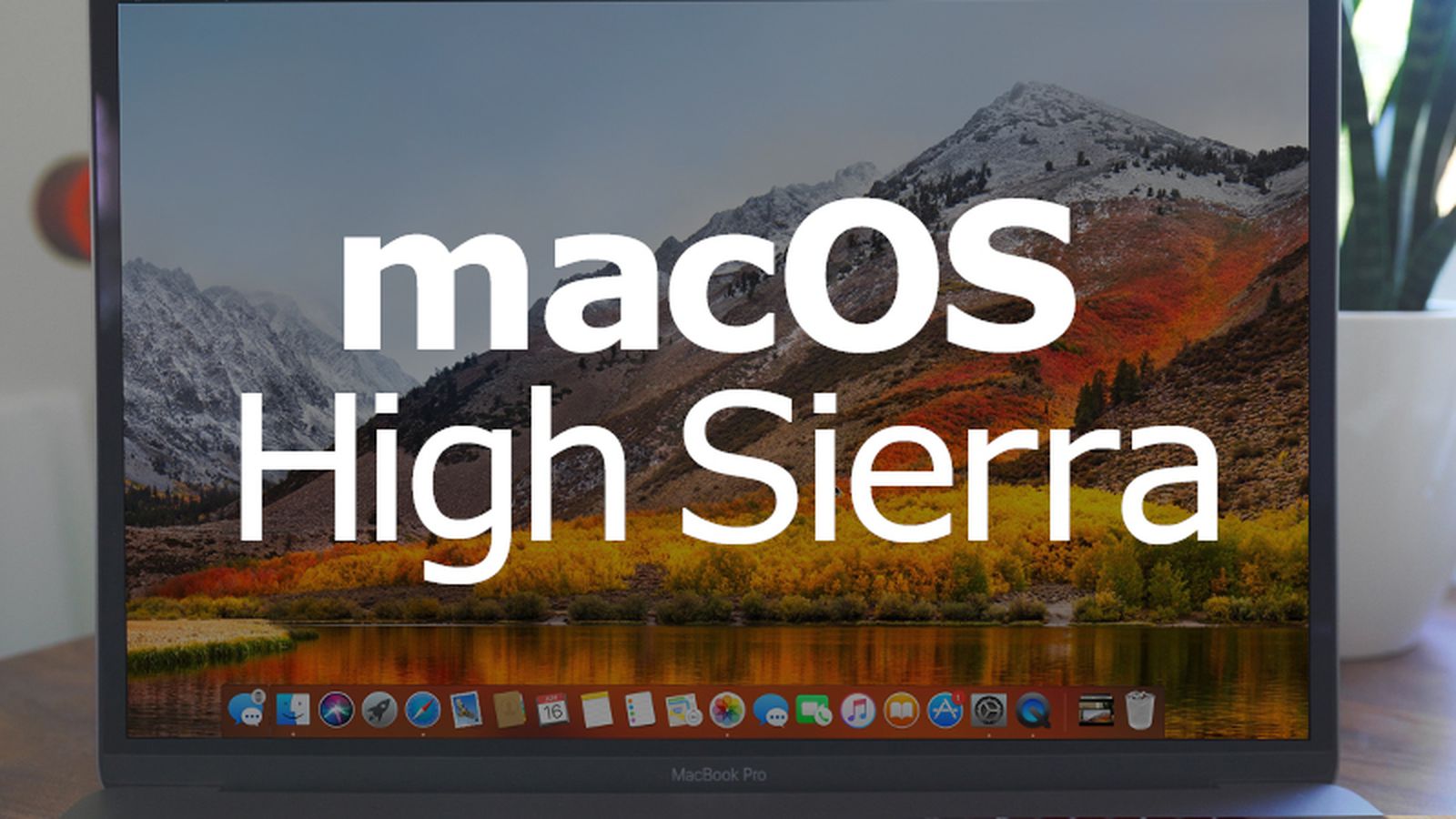

- MAC HIGH SIERRA ENABLE ACCESS FOR ASSISTIVE DEVICES CODE
- MAC HIGH SIERRA ENABLE ACCESS FOR ASSISTIVE DEVICES PASSWORD
This self-modification makes the applet appear to OS X as a different app each time it is executed, thereby triggering the authorization process repeatedly. Applets that save their properties modify their own contents in order to save that information. This repetition occurs because, by default, applets that use Accessibility features in OS X Mavericks do not save their properties when run. In OS X Mavericks, AppleScript applications ("applets") that use Accessibility features may ask for the same information each time you use them, appearing not to remember the settings you previously entered.

To grant access by the applet to the accessibility frameworks, select the checkbox next to applet’s name: (⬇ see below)Īnd finally, click the lock icon again, to secure the preference pane: (⬇ see below)
MAC HIGH SIERRA ENABLE ACCESS FOR ASSISTIVE DEVICES PASSWORD
Click the lock icon at the lower left of the System Preferences window (⬆ see above) to summon the system authentication dialog: (⬇ see below)Įnter an administrative unser name and password in the dialog, click the Unlock button, and the preference pane will be ready for editing: (⬇ see below) In order to add items to the access list, or to edit the status of items already in the access list, you must provide an administrative user name and password. Note that the applet will be already added to the access list, but the checkbox next to its name is not selected.
MAC HIGH SIERRA ENABLE ACCESS FOR ASSISTIVE DEVICES CODE
The second dialog (⬆ see above) announces that the applet you attempted to run, contains code that targets the accessibility frameworks, and that such access can be granted in the Security & Privacy system preference pane. Click the OK button and a second dialog appears: (⬇ see below)

The error dialog (⬆ see above) indicates that access by the applet to the assistive frameworks has been denied.

When the applet is launched, the following dialog will appear: (⬇ see below) In this example, an AppleScript applet titled GUI Scripting Applet contains AppleScript statements for controlling the user-interface of OS X. The following is an example of how the new security protocols for accessing the Accessibility frameworks via AppleScript, are implemented. (⬆ see above) The Accessibility Access List located in Security & Privacy system preference pane of OS X Mavericks (v10.9).Īpplications (scripts, applets, etc.) are added to the list either through an integrated approval process, triggered when they first attempt to execute, or by an administrative user proactively dragging their icons into the list. In OS X Mavericks, security controls are more granular, requiring the individual addition of applications, or automation applets that script the accessibility frameworks, to an approval list, displayed in the Security & Privacy system preference pane. If the checkbox titled “Enable access for assistive devices” (⬆ see above) was selected, you could run AppleScript scripts, applets, and droplets that would simulate a user’s actions, such as selecting a menu item, or pressing a dialog button. Note the checkbox for enabling control of the user-interface via the accessibility frameworks. (⬆ see above) The Accessibility system preference pane in OS X Mountain Lion (v10.8). In versions of OS X prior to Mavericks (v10.9), the ability to control the user-interface via AppleScript was determined by the state of a checkbox located in the Accessibility system preference pane. While this valued ability continues to be fully supported in Mavericks, the enhanced security focus of the new OS requires a few changes in how scripters access and apply the Accessibility frameworks. Accessibility Preferences and GUI Scriptingĭevelopers have often relied upon AppleScript’s ability to control the user-interface, to provide an automation solution when no direct scripting support of an application or process was available.


 0 kommentar(er)
0 kommentar(er)
